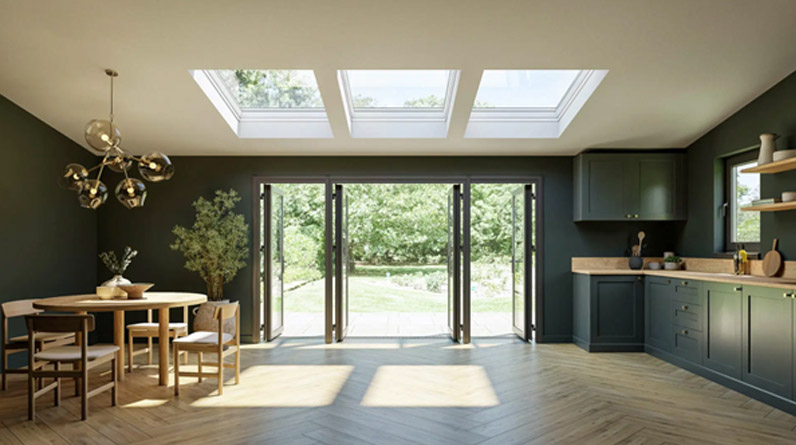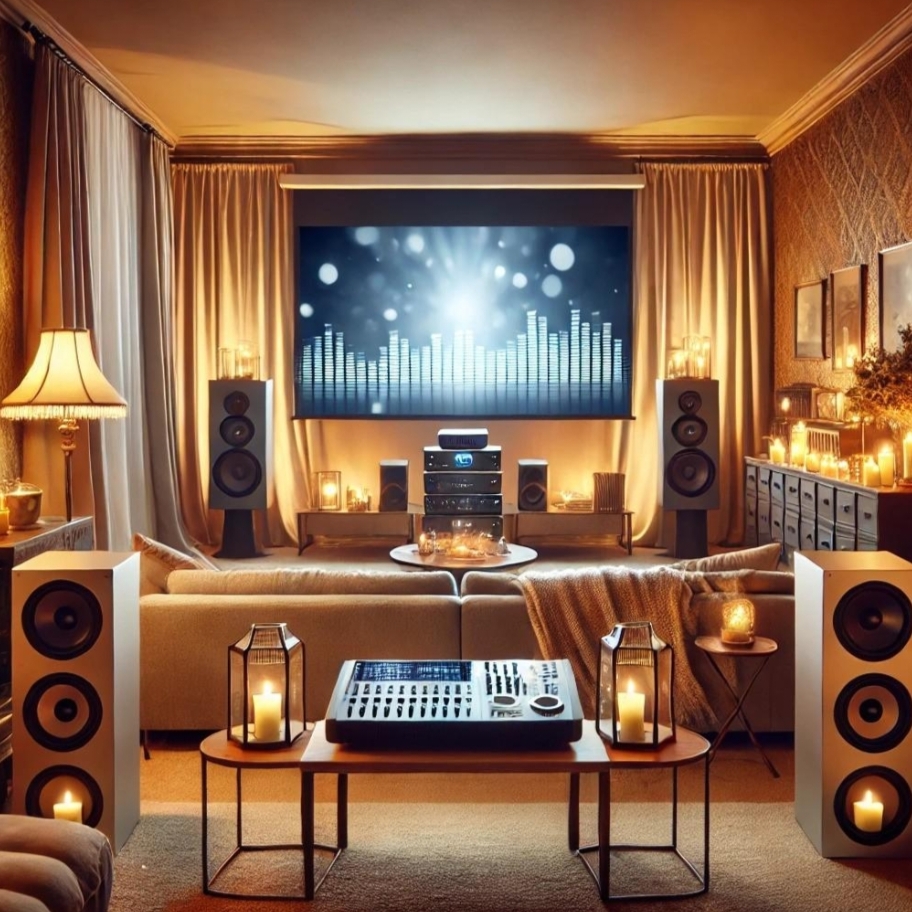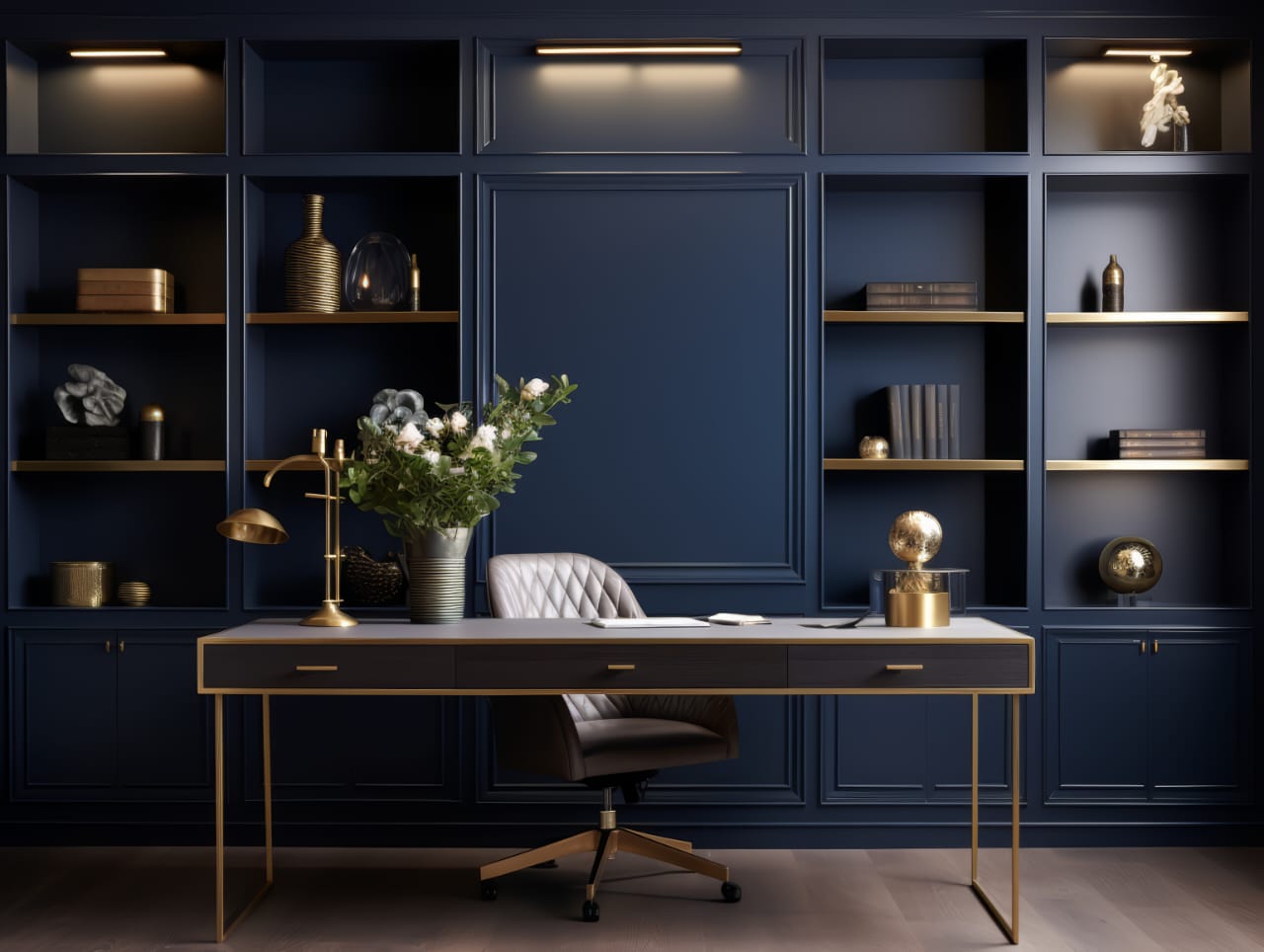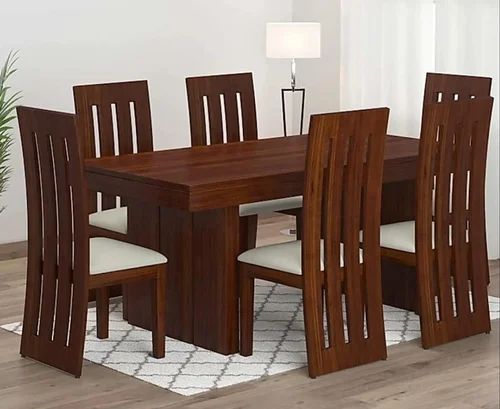Natural light is one of the most valuable features in any home or commercial property. It lifts the mood, improves energy efficiency, and creates a bright, welcoming atmosphere. However, not every room has access to external walls where standard windows can be fitted. This is where fixed rooflights become an ideal solution. If you are planning to buy fixed rooflights, it is important to understand their features, benefits, types, and installation requirements to make the right choice for your space.
Fixed rooflights are a type of skylight that remains permanently sealed and cannot be opened. They are designed to bring daylight into darker or enclosed areas such as lofts, hallways, bathrooms, kitchens, or commercial spaces. Unlike operable rooflights that provide ventilation, fixed rooflights focus purely on delivering consistent, high-quality natural light. This makes them perfect for energy-efficient projects where ventilation is already provided elsewhere.
In this guide, we cover everything you need to know before purchasing fixed rooflights, including types, materials, installation, costs, maintenance, and design considerations.
What Are Fixed Rooflights?
Fixed rooflights are essentially roof-mounted windows that allow natural light to enter a building but cannot be opened. They are designed for durability, weather resistance, and maximum light transmission. Their sealed design ensures a watertight installation that reduces the risk of leaks and draughts.
They are available in a range of materials, including glass, polycarbonate, and acrylic, each offering different levels of insulation, strength, and clarity. Fixed rooflights also come in various shapes and sizes, from simple rectangular models to circular, pyramid, or dome-shaped designs, depending on architectural requirements and personal preference.
Benefits of Fixed Rooflights
Fixed rooflights fill interiors with natural daylight, creating brighter, more inviting spaces while reducing the need for artificial lighting. They are durable, energy-efficient, and low maintenance, enhancing both comfort and property value.
Maximum Natural Light
The biggest advantage of fixed rooflights is their ability to fill interiors with natural daylight. Because they are positioned on the roof, they can capture sunlight from above and distribute it throughout the room. This is especially effective in loft conversions, corridors, or areas without suitable wall space for windows.
Energy Efficiency
By allowing daylight to enter, fixed rooflights reduce the need for artificial lighting during daylight hours, which helps to cut energy consumption. When combined with quality glazing and insulation, they also minimise heat loss in winter and help regulate indoor temperatures in summer, improving overall energy efficiency.
Weatherproof and Low Maintenance
Fixed rooflights are completely sealed, making them resistant to leaks, draughts, and adverse weather conditions. With no moving parts, maintenance is minimal, offering excellent long-term reliability.
Architectural Appeal
Beyond their practicality, fixed rooflights add a modern and elegant touch to any property. They create attractive patterns of light and shadow, open up dark areas, and contribute to a contemporary, luxurious feel. This can also enhance property value and appeal to future buyers or tenants.
Types of Fixed Rooflights
When you decide to buy fixed rooflights, it helps to know the available types so you can choose the best fit for your project.
Glass Rooflights
Glass rooflights are a traditional and high-quality option known for their clarity and excellent light transmission. Modern versions often use double or triple glazing to improve insulation and can include Low-E coatings to reduce heat loss and block harmful UV rays.
Polycarbonate Rooflights
Polycarbonate is a lightweight and extremely impact-resistant alternative to glass. It is almost unbreakable and ideal for areas where safety is a concern. Polycarbonate rooflights are available in various finishes, such as clear, opal, and tinted, to control brightness and privacy.
Acrylic Rooflights
Acrylic rooflights offer a good balance between cost, weight, and performance. They are lighter than glass yet still durable and provide excellent daylight transmission. They are often chosen for smaller installations or where budget is a key factor.
Dome and Pyramid Designs
Fixed rooflights are not limited to flat or rectangular designs. Dome, pyramid, and other geometric styles are becoming increasingly popular for both residential and commercial buildings. These shapes allow better drainage and a striking architectural appearance.
Factors to Consider Before Buying
Before purchasing fixed rooflights, several key factors should be considered to ensure the best results.
Roof Pitch
The pitch or angle of your roof affects both the appearance and functionality of the rooflight. Steeper roofs allow better water runoff, while flat or low-pitch roofs require rooflights designed specifically to prevent water pooling.
Orientation
South-facing rooflights receive the most sunlight, ideal for brightening interiors. North-facing units offer softer, more consistent light, which helps to reduce glare. Positioning should take into account how sunlight moves across the property during the day.
Size and Placement
The rooflight’s size should suit the proportions of the room. As a general guide, rooflights should cover about 5–10% of the room’s floor area for optimal lighting without overheating. Placement should also avoid roof obstructions such as chimneys or vents.
Glazing Options
High-performance glazing provides better insulation, reduces condensation, and blocks UV rays. Double or triple glazing is recommended for energy efficiency, while tinted or coated options can manage glare and heat gain.
Building Regulations
Before installation, check local planning and building regulations. While many rooflight installations are covered by permitted development rights, listed buildings or conservation areas may require additional approvals.
Installation Process
Installing a fixed rooflight requires professional expertise to ensure a secure, watertight fit. The process typically involves measuring and marking the opening, removing a section of the roof, and fitting the rooflight with proper flashing and insulation. On flat roofs, an upstand or curb is used to elevate the unit and allow water to drain away.
Professional installation is strongly recommended, as poor fitting can cause leaks, draughts, or reduced insulation performance.
Cost Considerations
The cost of fixed rooflights depends on material, size, design, and glazing type. Smaller, standard options may start from a few hundred pounds, while bespoke or larger designs, such as domes or pyramids, can reach several thousand. Installation and insulation costs should also be factored in.
Although the upfront expense may seem high, the long-term benefits such as reduced lighting costs, increased property value, and minimal maintenance make fixed rooflights a worthwhile investment.
Maintenance and Longevity
Fixed rooflights require very little upkeep. As they have no moving parts, mechanical failure is rare. Regular cleaning of the glass or polycarbonate surface maintains clarity and light levels. It is advisable to inspect seals and flashing occasionally to ensure continued weather resistance.
Quality fixed rooflights are designed to last for decades and often come with warranties of 10 to 25 years, giving property owners lasting peace of mind.
Design Trends
Current trends favour sleek, frameless, and low-profile rooflights that blend seamlessly into the roofline. Dome and pyramid shapes remain popular for larger or more decorative projects. Energy efficiency and sustainability are also becoming key priorities, with many manufacturers, including Skylights Roof Lanterns, focusing on eco-friendly materials and advanced solar control coatings.
Conclusion
Buying fixed rooflights is an investment that enhances both the look and functionality of your property. These roof-mounted windows bring daylight into previously dark spaces, improve energy efficiency, and require very little maintenance. When chosen and installed correctly, they can last for decades while transforming the atmosphere of your home or business.
With expert guidance and premium-quality options available from Skylights Roof Lanterns, you can create brighter, more inviting spaces that are both stylish and energy-efficient.



